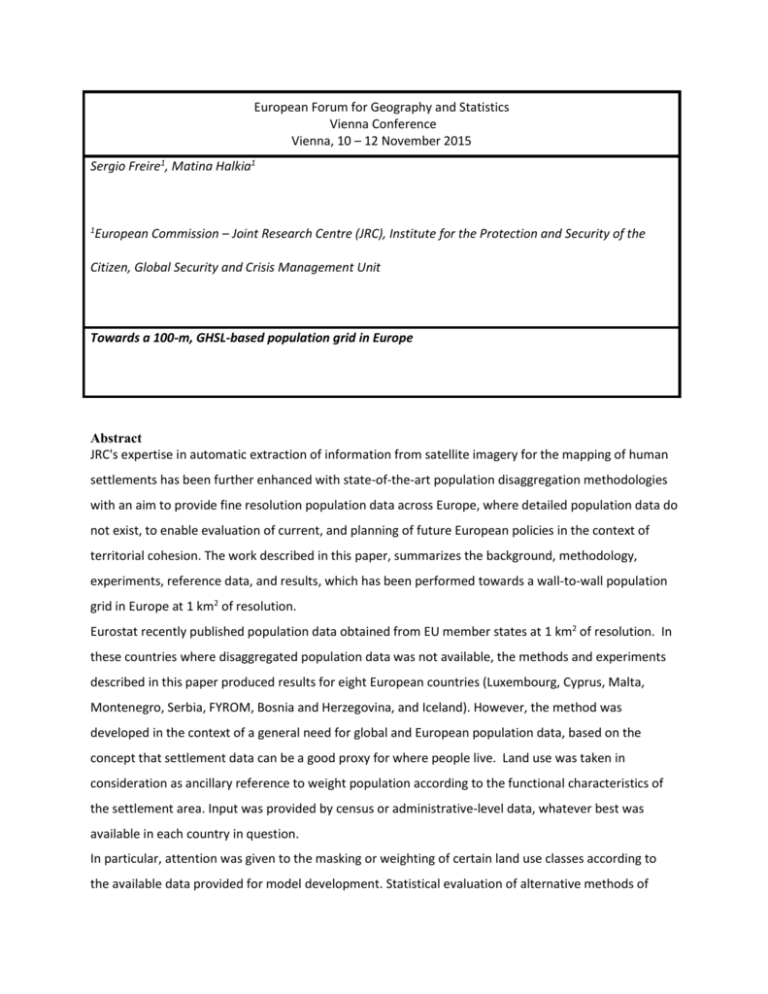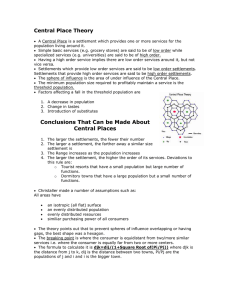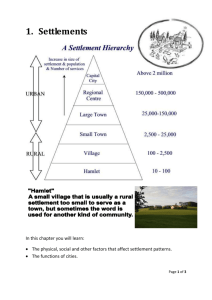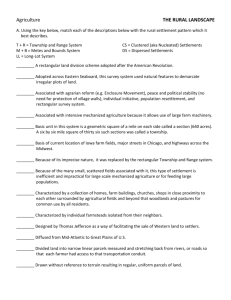Abstract
advertisement

European Forum for Geography and Statistics Vienna Conference Vienna, 10 – 12 November 2015 Sergio Freire1, Matina Halkia1 1 European Commission – Joint Research Centre (JRC), Institute for the Protection and Security of the Citizen, Global Security and Crisis Management Unit Towards a 100-m, GHSL-based population grid in Europe Abstract JRC's expertise in automatic extraction of information from satellite imagery for the mapping of human settlements has been further enhanced with state-of-the-art population disaggregation methodologies with an aim to provide fine resolution population data across Europe, where detailed population data do not exist, to enable evaluation of current, and planning of future European policies in the context of territorial cohesion. The work described in this paper, summarizes the background, methodology, experiments, reference data, and results, which has been performed towards a wall-to-wall population grid in Europe at 1 km2 of resolution. Eurostat recently published population data obtained from EU member states at 1 km2 of resolution. In these countries where disaggregated population data was not available, the methods and experiments described in this paper produced results for eight European countries (Luxembourg, Cyprus, Malta, Montenegro, Serbia, FYROM, Bosnia and Herzegovina, and Iceland). However, the method was developed in the context of a general need for global and European population data, based on the concept that settlement data can be a good proxy for where people live. Land use was taken in consideration as ancillary reference to weight population according to the functional characteristics of the settlement area. Input was provided by census or administrative-level data, whatever best was available in each country in question. In particular, attention was given to the masking or weighting of certain land use classes according to the available data provided for model development. Statistical evaluation of alternative methods of weighting and masking land use classes was performed. The quality of the input data provided and the availability of ancillary land use data in Europe was key. Preservation of population counts was observed. Issues regarding the quality and types of population input data, as well as discrepancies in the spatial domain, were challenging. In the case of Cyprus, particular attention was given to the specific political context. In the case of Luxembourg, the availability of detailed country-wide land use data (Urban Atlas), yielded optimized results. The population grid is used as input to the GHSL settlement model for Europe. The settlement model currently defines settlement types in Europe, based on the OECD city definition, and additional definitions provided by the GHSL model. The GHSL definitions for rural and peri-urban settlements refine the sparsely inhabited areas used by the European Commission to describe rural settlements, by the physical characteristics of the settlement and population density.











